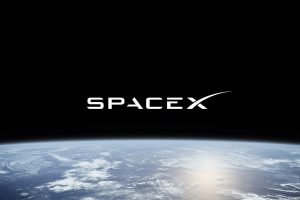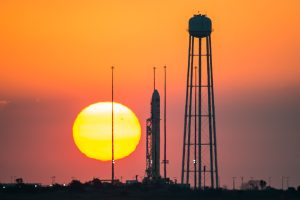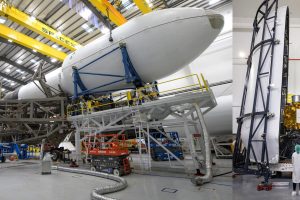SpaceX CEO Elon Musk has confirmed that Starship’s Super Heavy booster will have at least one more engine than expected after hardware spotted at its Boca Chica, Texas factory indicated as much.
Simultaneously, Musk revealed that SpaceX’s Hawthorne, California factory and headquarters is now producing Raptors at a rate that will likely make it the company’s most numerous product (outside of Starlink) in the near future.
Musk says that Super Heavy boosters will “initially” have 29 Raptor engines instead of 28 engines and could even be upgraded to 32 engines down the road. In 2020, the vehicle’s design was updated, dropping from 31 to 28 engines for unknown reasons before SpaceX began work on the first real Super Heavy hardware. Known as BN1 or booster number 1, that rocket was stacked to its full ~70m (~230 ft) height but ultimately turned into a manufacturing pathfinder (i.e. practice) after Super Heavy’s design changed once again.
Who or what has been causing those seemingly endless design changes is unclear but SpaceX is finally at a point where any more major changes will explicitly delay plans for Starship’s inaugural spaceflight – deemed an “orbital test flight” by the company. It remains to be seen if SpaceX will actually attempt to recover the first booster(s) after those initial quasi-orbital test flights but we now have a better idea of what those Super Heavies might look like.
Namely, Musk seems to indicate that even the very first flightworthy prototypes will be outfitted with a full complement of Raptors – seemingly nipping in the bud the possibility of a booster debuting with the fewest possible engines. In the case of the first few initial orbital launch, that means that SpaceX is happy to risk losing 32-35 engines for every single attempt.
That could imply several things. SpaceX might be extremely confident that early boosters will be recovered. It could have zero faith in the reusability of early flown Raptors, meaning that they’re functionally expendable regardless of the outcome. SpaceX could have also reduced the cost and increased the speed of production to the point that expending dozens of Raptors isn’t a major issue – though ~32 Raptors would cost $8 million even if SpaceX has already hit Musk’s long-term “<$250k” per-engine target.
However, Musk also says that SpaceX has ramped up Raptor production to the point that it’s almost completing one engine every 48 hours – equating to around 180 Raptors per year or a maximum cadence of one expendable three-engine Starship and 29-engine booster launch every nine weeks. At that run rate, Raptor has likely beat out Falcon’s venerable Merlin to become SpaceX’s most-produced rocket engine.
According to NASASpaceflight, SpaceX has already begun work on Raptors with serial numbers in the 150s. Two new Raptor test stands in work at its McGregor development facilities will also reportedly enable an average of one engine qualification every day – enough testing capacity to outfit 6 boosters and 30 Starships (~365 Raptors) per year. In short, SpaceX is well on its way to having the ability to manufacture and power a truly vast fleet of Starships and Super Heavy boosters.





